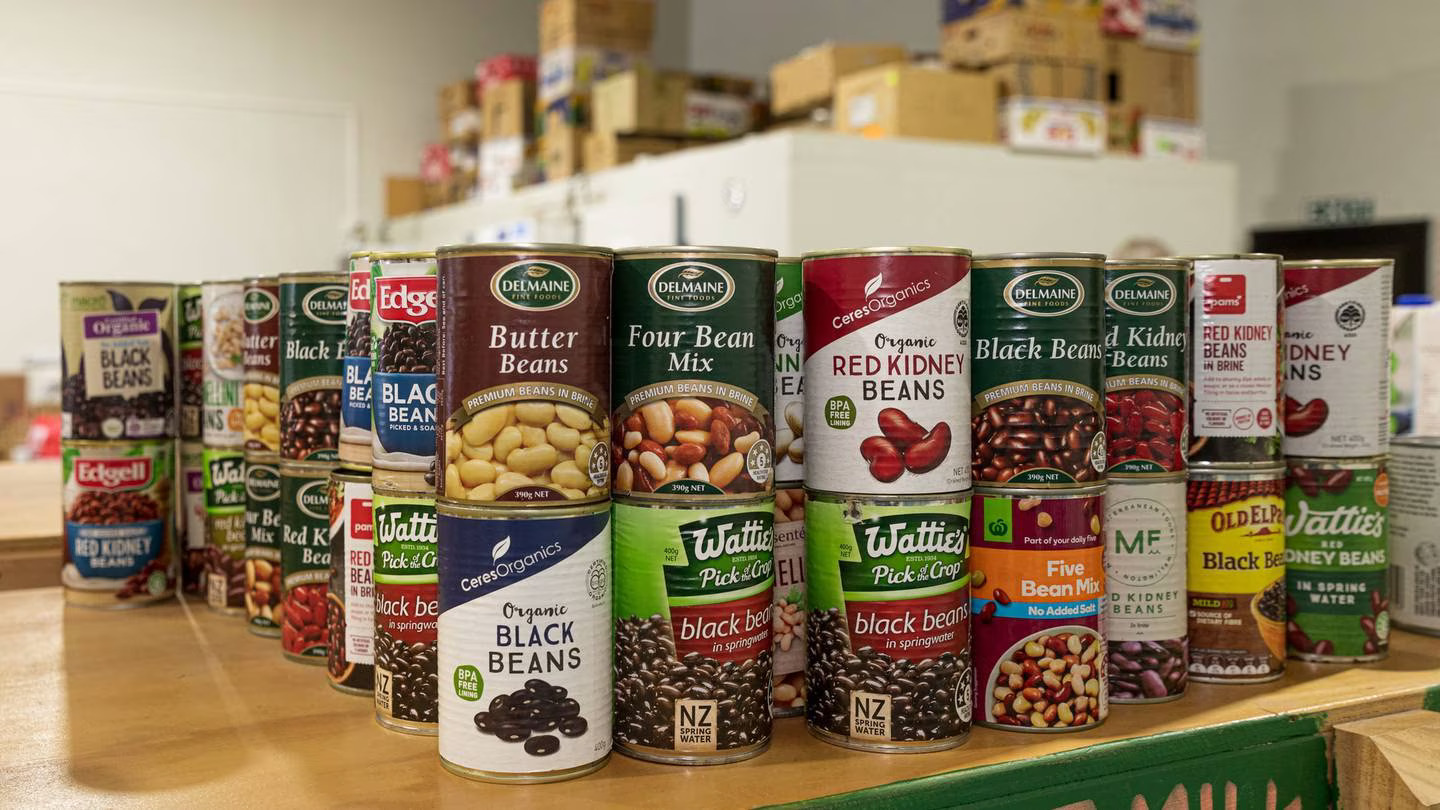A bi-annual survey of food support agencies across the country found the demand for food has drastically increased since the start of the pandemic, with the rising cost of living stated as the top driver.
The New Zealand Food Network (NZFN), Aotearoa’s largest food support and distribution organisation, surveyed 51 of its registered food hubs about the current state of food support, and found that since Covid hit, there has been a 165 per cent increase in the number of people receiving food support. Over two-thirds (69 per cent) of the food hubs surveyed are feeding more people than they were in 2020.
Over half a million people are now being supported by NZFN food hubs each month but there is still a growing need. That works out to 1,868,491 more people being supported by NZFN, than they were in January 2020.
The food hubs rated their own ability to meet the current level of demand at 3.4/5 - meaning there’s significant room for improvement and many more mouths to feed.
The cost of living crisis was reported to be the number one reason for recipients seeking kai relief (88 per cent), closely followed by low individual/household income (70 per cent), and unemployment (65 per cent).
Other top reasons were disability or sickness/injury, senior citizens living on low fixed income, and Covid-19 isolation. NZFN’s previous survey reported both Covid-19 isolation and lost employment due to Covid-19 in the top reasons for recipients seeking relief; Concerns have turned from Covid-19 to navigating the rising cost of living.
These findings show the real-world impact of the 12 per cent spike in food prices (from Statistics NZ’s recent Food Price Index), the highest in over 30 years. Since 2020, funding and support from the Ministry of Social Development (MSD) has been instrumental in enabling NZFN to bulk purchase food and boost food hubs’ capability to process it through investments in community food distribution infrastructure.
However, this has coincided with a rapidly changing socioeconomic environment which is driving more Kiwis to seek kai relief, including those who haven’t required support in the past.
This skyrocketing demand is impacting NZFN’s ability to supply sufficient stock to these reliant food banks. Findings revealed that NZFN is providing food support to nearly half a million people (480,104) every month through its partner food hubs, and on average provides 40 per cent of the overall food volumes that their food banks receive.
For some charities, NZFN is providing 80-100 per cent of their food stocks.
One of NZFN’s recipient food banks, Te Rūnanga o Te Whānau, provides food support for Te Whānau ā Apanui iwi in the eastern Bay of Plenty.
community connector Louise Schroder says that NZFN support has been vital in the aftermath of recent weather disasters.
“The recent flooding and multiple road closures has seen us cut off from our nearest town for food supplies - so it has been great having the extra food and sundries. We are utilising the bulk food for civil defence emergency supplies to distribute out to our 13 hapu across our iwi.”
Halo Charitable Trust manager Marina Hagevoort talks about how inflation has impacted the South Waikato region.
“There is more desperation for food now as the cost of living has put a lot of pressure on our already vulnerable families here in the South Waikato Area.
“The organisations working with us are receiving even more requests for support with food.”
Have a Heart Charitable Trust operations manager Helen Holt says, “We’re seeing people accessing our services who would not normally request support, including a sharp increase in elderly applicants.
“Without NZFN, we wouldn’t exist. The community we serve would be so much worse off than they are now and whilst we struggle every day with having to turn people away, we are humbled and grateful both to NZFN and its donors.”
NZFN chief executive Gavin Findlay says that the current economic conditions have created the perfect storm when it comes to food insecurity.
“We launched NZFN during the pandemic when more Kiwis were needing food support. Since then, we’ve been working to bridge the gap between surplus stock and the communities that need uplifting, but these findings show that demand has not slowed down and food banks are struggling to keep up.
“We’re seeing people having to cut their food budgets in order to pay for housing and rental hikes, increasing fuel costs and power bills. Our purpose is to relieve some of this burden, and that’s only possible when we have food to give. There is definitely more work to be done and food businesses can do their part by donating surplus food so we can distribute it on their behalf.”
NZFN has developed a network of registered food hubs, food warehousing facilities and logistics networks to distribute large volumes of food to vulnerable communities since its inception in July 2020.
Article featured by the NZ Herald online
To donate bulk food, please get in touch here


